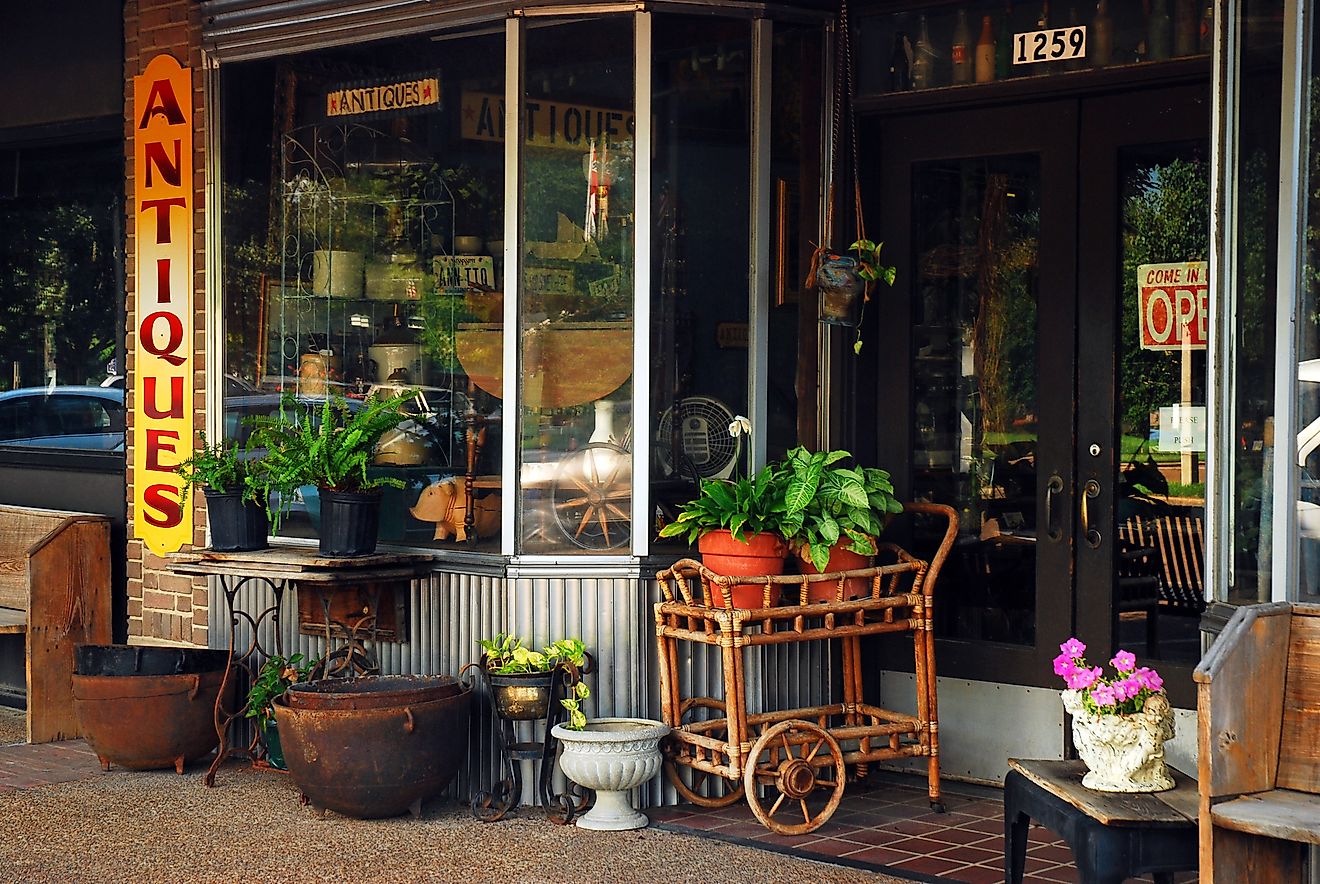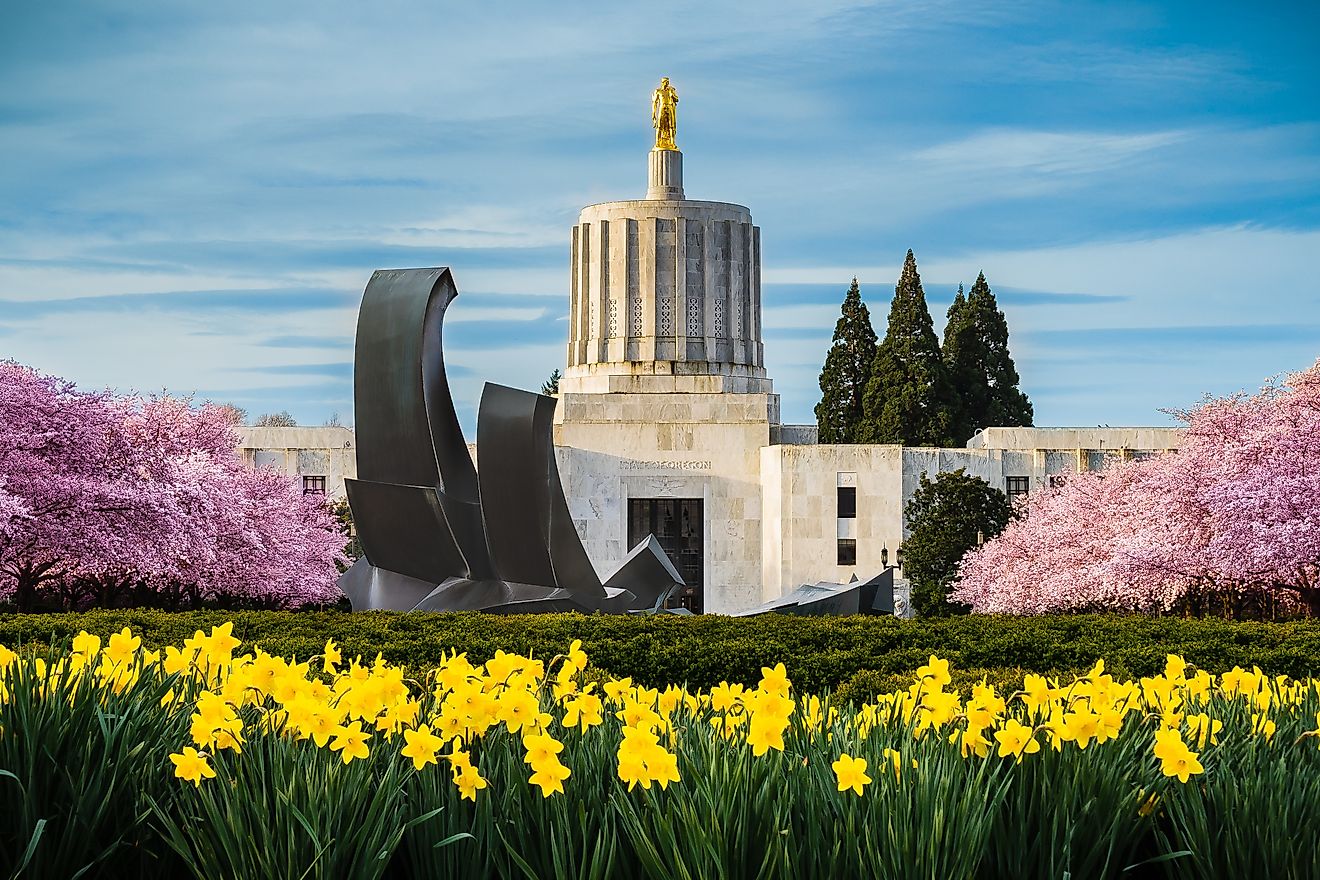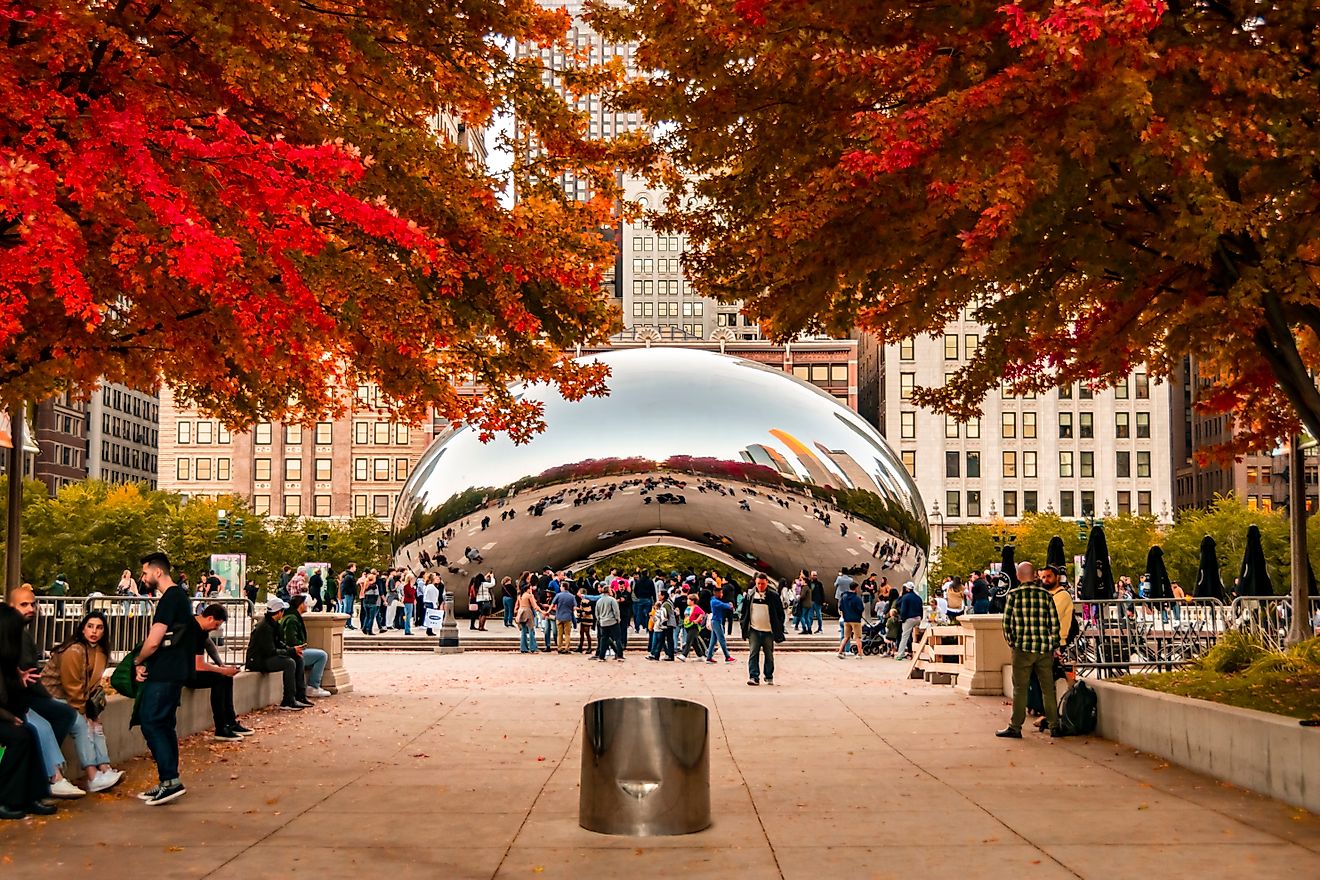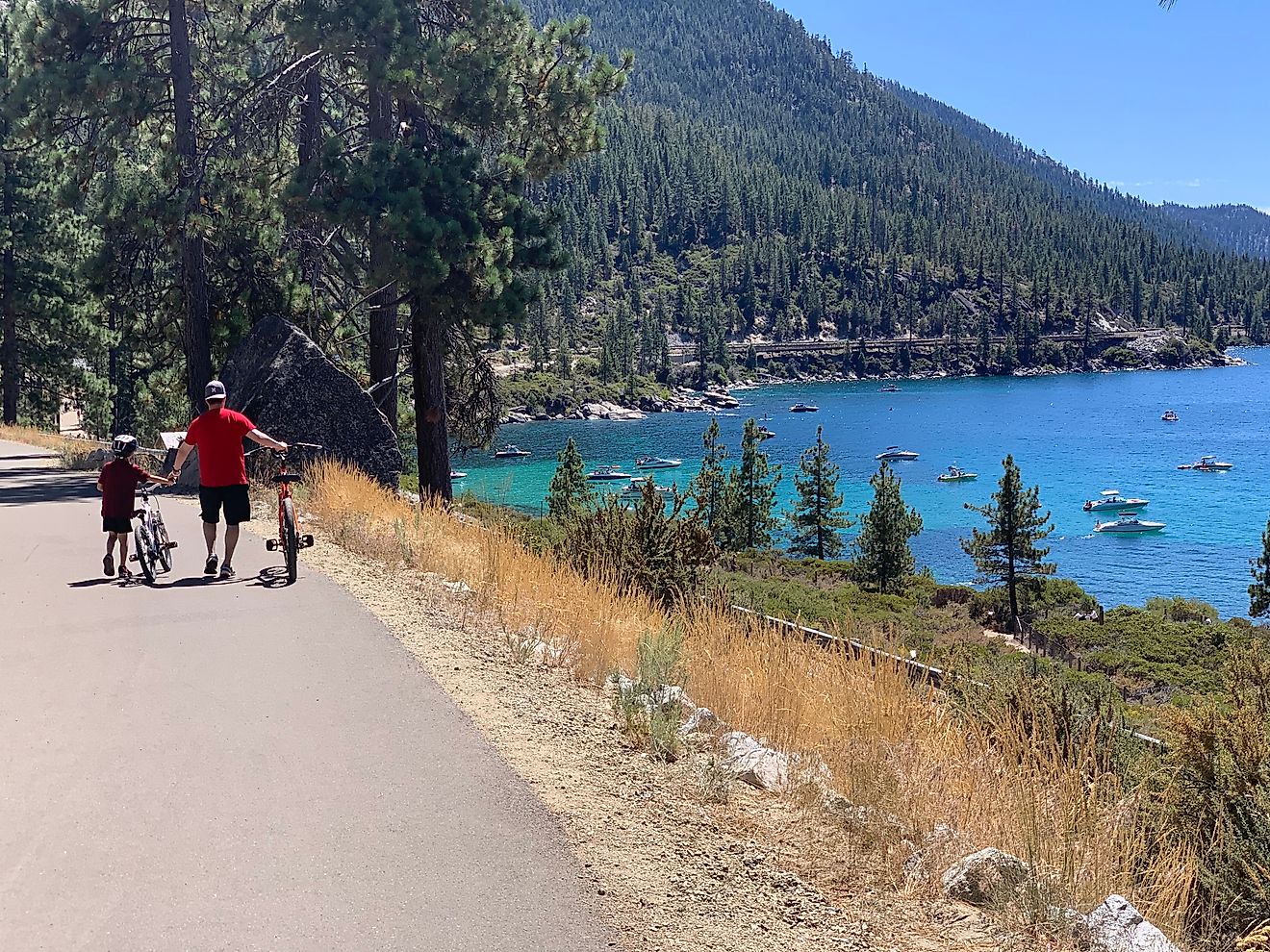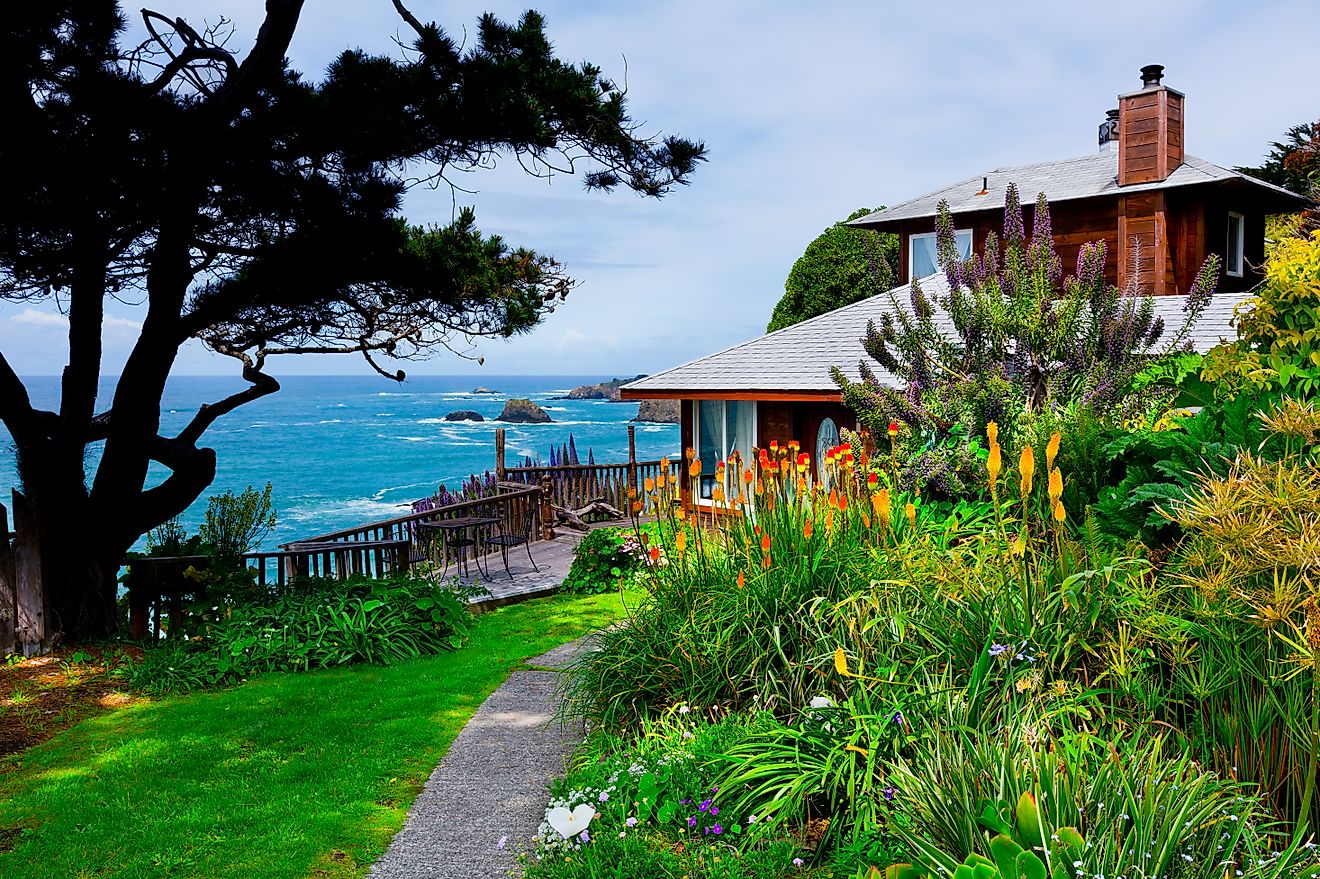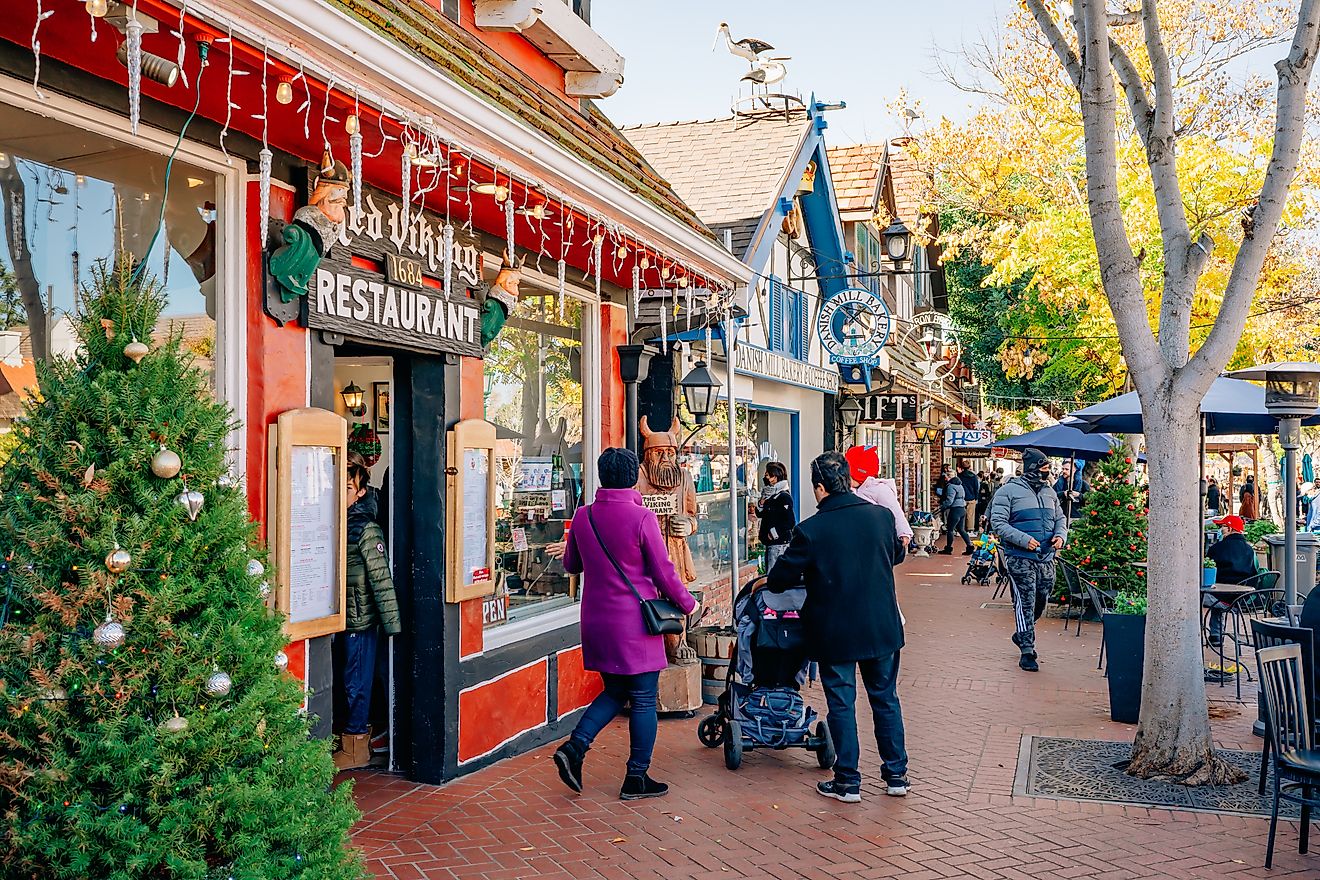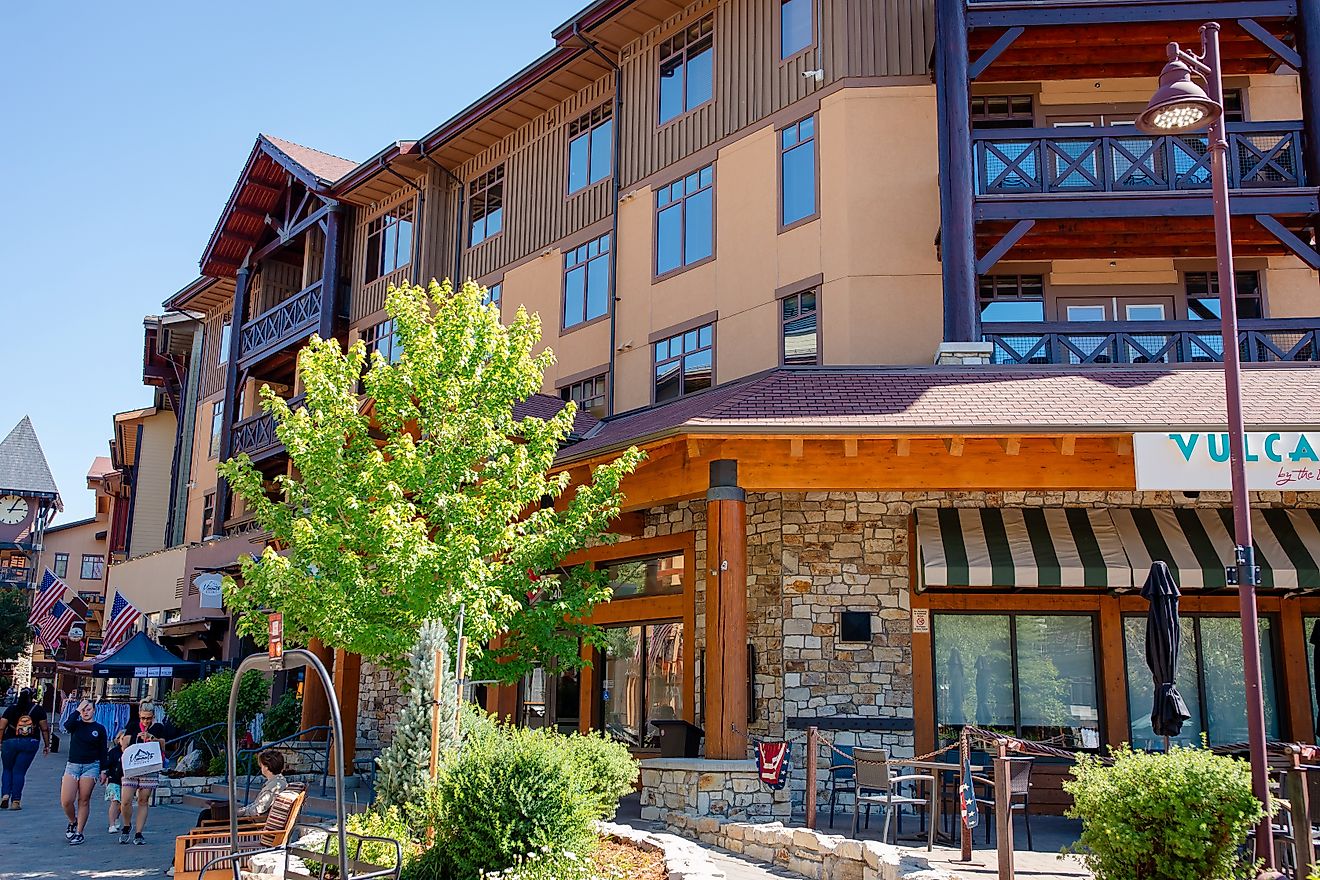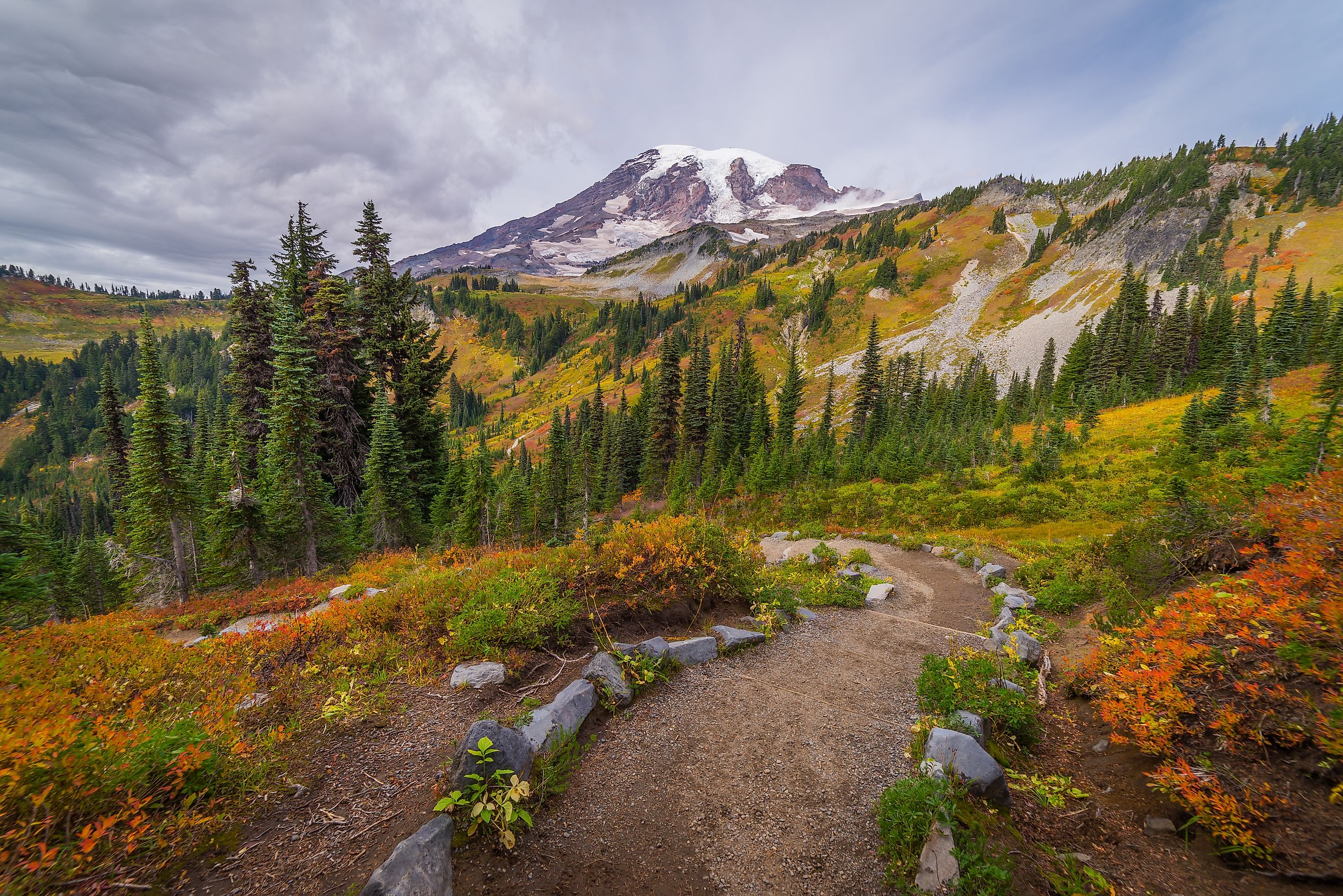
Volcanic Landmarks in the US You Can Actually Visit
Volcanoes might not be the first thing that comes to mind when you think of American landscapes, but the United States is home to some of the most dramatic and accessible volcanic landmarks in the world. From the bubbling craters of Hawaii to the snow-capped peaks of the Pacific Northwest, these geological giants shape the terrain and capture the imagination of millions of visitors each year.
Whether you're a science buff, hiking enthusiast, or road tripper looking for awe-inspiring scenery, these six volcanic destinations offer a front-row seat to Earth’s explosive power—without the danger. These are the volcanic landmarks in the US you can actually visit.
Mount St. Helens – Washington
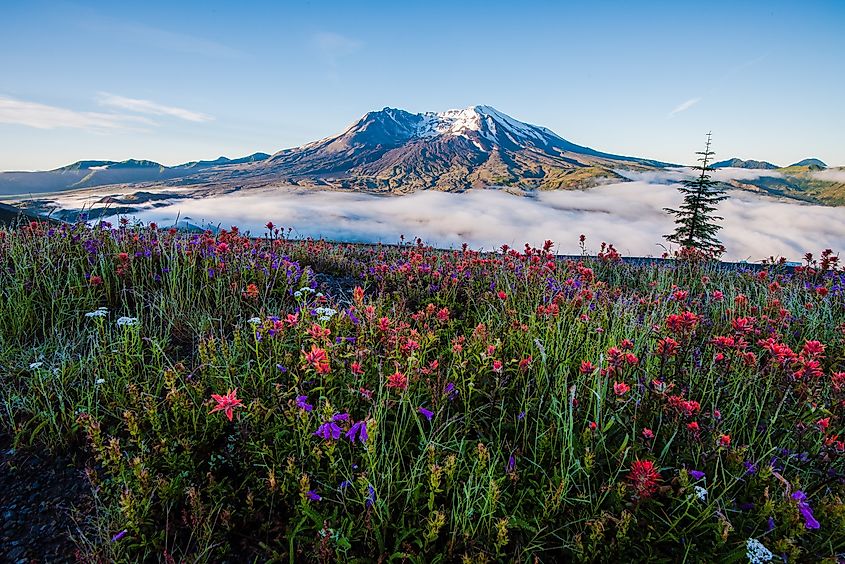
Famous for: The deadliest volcanic eruption in US history (1980)
Type: Stratovolcano
Location: Gifford Pinchot National Forest, Washington State
When Mount St. Helens erupted in 1980, it changed the landscape—and the conversation around American volcanoes—forever. The lateral blast flattened 230 square miles of forest, spewed ash across 11 states, and created a 1.2-mile-wide horseshoe-shaped crater.
Today, Mount St. Helens is one of the most studied and monitored volcanoes in the world. But it’s also open for exploration. The Mount St. Helens National Volcanic Monument offers well-maintained trails, interpretive centers, and viewpoints that bring you shockingly close to the caldera. One of the most popular hikes is the Harry’s Ridge Trail, a 7.5-mile round-trip hike with panoramic views of the crater, Spirit Lake, and the blast zone.
For the adventurous, there’s even a permit-based climb to the summit. While you can’t peer into the lava dome from the rim anymore due to safety restrictions, the journey through the ash-swept landscape is unforgettable.
Kīlauea – Hawaii (Big Island)
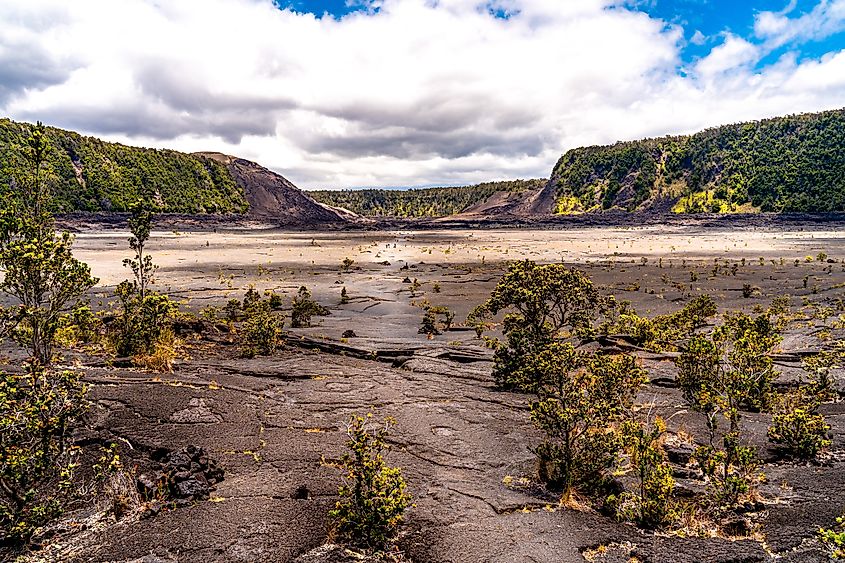
Famous for: One of the world’s most active volcanoes
Type: Shield volcano
Location: Hawai‘i Volcanoes National Park, Big Island
Few volcanic landmarks are as mesmerizing—and accessible—as Kīlauea. Nestled in Hawai‘i Volcanoes National Park, Kīlauea is a sacred site in Hawaiian culture and a living, breathing force of nature. It erupted continuously from 1983 to 2018, reshaping the island with molten lava flows and creating new land where there was none.
Visitors to the park can drive the Crater Rim Drive, walk across hardened lava fields, or peer into the still-steaming Halemaʻumaʻu Crater, which occasionally glows red with lava. The Kīlauea Iki Trail is a fan favorite—a 4-mile loop that descends through a lush rainforest and leads you across a solidified lava lake, still warm in some places.
Even during dormant periods, the volcano releases volcanic gases, making the experience surreal and otherworldly. It’s one of the few places on Earth where you can witness the Earth being born in real time.
Lassen Peak – California
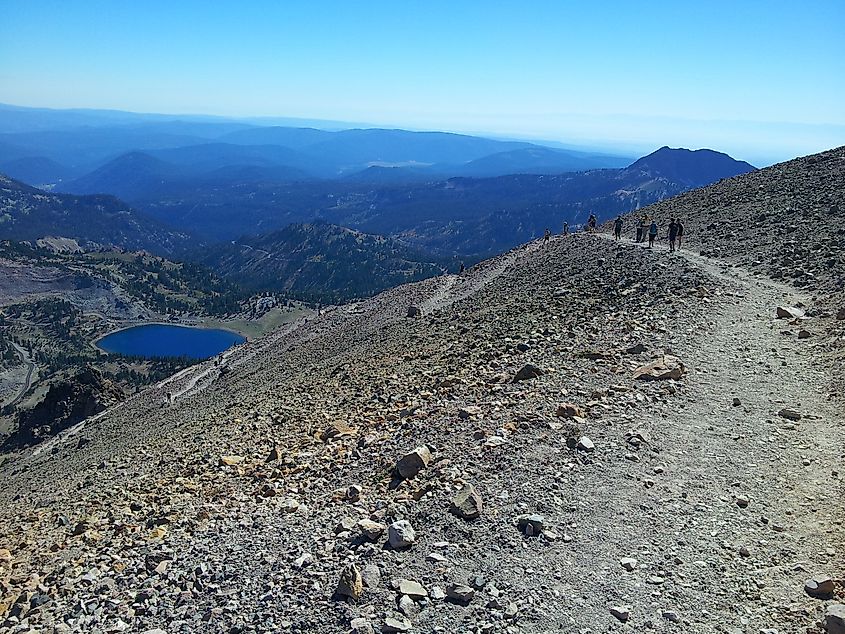
Famous for: The last eruption in the Cascade Range before Mount St. Helens
Type: Plug dome volcano
Location: Lassen Volcanic National Park, Northern California
Lassen Peak might not have the notoriety of its Pacific Northwest cousins, but it’s one of the most geologically diverse volcanic parks in the country. This active plug dome volcano last erupted between 1914 and 1921 and remains under close observation.
The Lassen Volcanic National Park is a geothermal playground, filled with boiling mud pots, sulfur vents, and hot springs. The Bumpass Hell Trail leads you into the park’s largest hydrothermal area, with a boardwalk winding over steaming terrain reminiscent of Iceland.
But the real star is Lassen Peak itself. At 10,457 feet, it’s a relatively accessible summit for novice mountaineers. A strenuous but straightforward 5-mile round-trip hike leads to sweeping views of Northern California, including the Sierra Nevada and Mount Shasta.
Crater Lake – Oregon
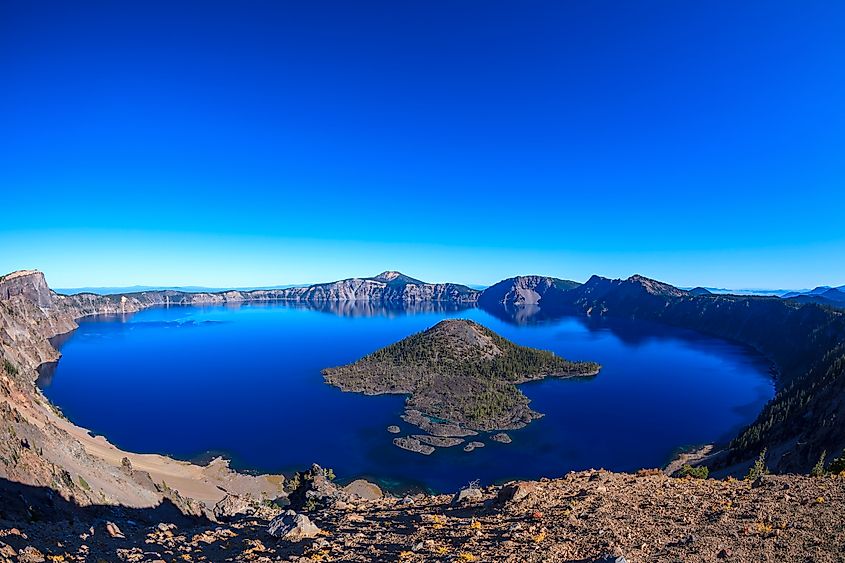
Famous for: The deepest lake in the United States, formed by a collapsed volcano
Type: Caldera
Location: Crater Lake National Park, Oregon
Crater Lake isn’t just stunning—it’s the result of one of the largest volcanic eruptions in North American history. Around 7,700 years ago, Mount Mazama erupted and collapsed, forming a massive caldera that eventually filled with rain and snowmelt to become Crater Lake.
Today, it’s one of the most iconic—and visually striking—national parks in the country. With its sapphire-blue waters and dramatic cliffs, Crater Lake is also the deepest lake in the US at 1,943 feet.
Visitors can drive the 33-mile Rim Drive for nonstop scenic vistas or take boat tours to Wizard Island, a cinder cone that formed after the main eruption. In the winter, the park becomes a snowy wonderland perfect for cross-country skiing and snowshoeing.
Capulin Volcano – New Mexico
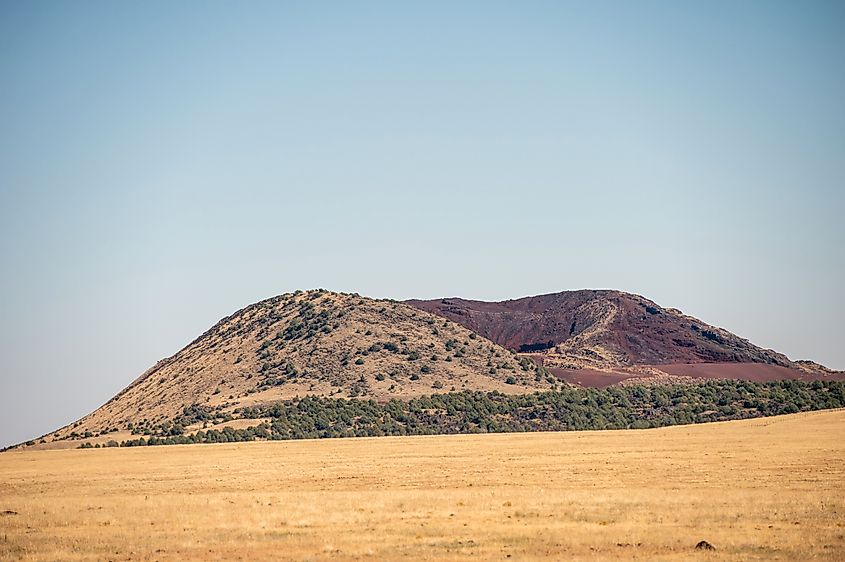
Famous for: Perfectly preserved cinder cone
Type: Cinder cone volcano
Location: Capulin Volcano National Monument, northeastern New Mexico
Rising unexpectedly from the rolling plains of northeastern New Mexico, Capulin Volcano is a textbook example of a cinder cone—and you can actually drive to the top. Unlike massive stratovolcanoes, Capulin’s symmetrical shape and smaller scale make it ideal for casual exploration.
Capulin last erupted roughly 60,000 years ago, and the monument preserves the entire structure, including the crater and several lava flows radiating from the base. A paved road winds to the summit, where visitors can hike the Crater Rim Trail, a 1-mile loop with expansive views of the surrounding Raton-Clayton Volcanic Field.
From the top, you can see parts of five different states on a clear day. It’s a rare opportunity to stand on the rim of a volcano without needing climbing gear—or a weeks-long expedition.
Yellowstone Caldera – Wyoming
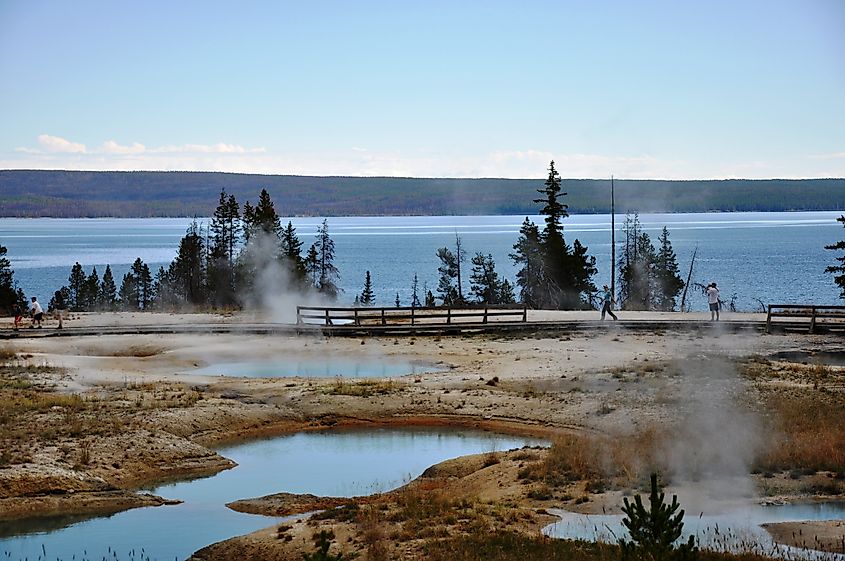
Famous for: One of the world’s largest supervolcanoes
Type: Caldera
Location: Yellowstone National Park, Wyoming, Montana, and Idaho
The Yellowstone Caldera isn’t a volcano in the traditional conical sense—but it’s one of the most powerful volcanic features on the planet. Formed by a series of cataclysmic eruptions over the last 2 million years, this supervolcano has the potential to alter global climates if it ever erupted again.
But rather than lava rivers or towering cones, the evidence of Yellowstone’s volcanic heart is in its geothermal features. The park is home to more than half the world’s geysers, including Old Faithful, Grand Prismatic Spring, and countless hot springs, fumaroles, and mud pots.
You can walk on boardwalks over steaming earth, watch geysers erupt like clockwork, and learn about the caldera’s massive magma chamber at various visitor centers. Yellowstone’s supervolcano may be sleeping, but its geothermal activity is very much alive.
Why Visit America’s Volcanoes?
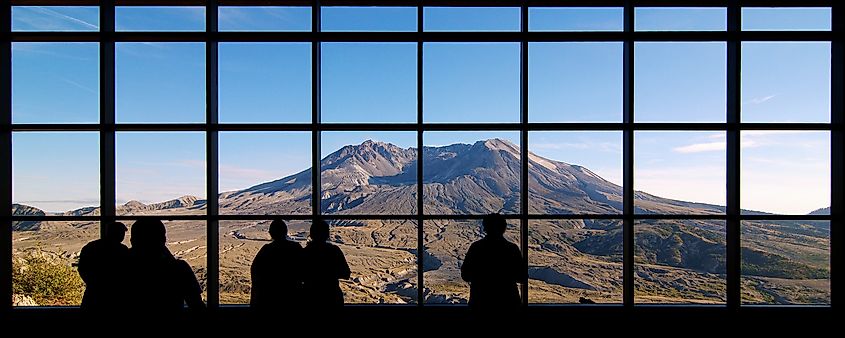
Volcanoes are more than ticking time bombs—they're vital parts of our planet’s ecosystem, windows into the Earth's inner workings, and awe-inspiring reminders of nature’s raw power. Visiting them offers a unique blend of education, adventure, and natural beauty.
Unlike other parts of the world where volcanoes are off-limits or dangerous, many of America's volcanic landmarks are not only safe but designed for exploration. Whether you want to hike through a lava field, peer into a crater, or photograph a boiling mud pot, there's a volcano out there waiting for you.
Quick Guide: 6 Volcanic Landmarks You Can Actually Visit
| Landmark | Location | Type | Can You Hike It? |
|---|---|---|---|
| Mount St. Helens | Washington | Stratovolcano | Yes, with permit |
| Kīlauea | Hawaii (Big Island) | Shield volcano | Yes |
| Lassen Peak | Northern California | Plug dome | Yes |
| Crater Lake | Oregon | Caldera | Rim hiking and boat |
| Capulin Volcano | New Mexico | Cinder cone | Yes, short trails |
| Yellowstone Caldera | Wyoming (Yellowstone NP) | Supervolcano | Boardwalks, hiking |
FAQs About Visiting Volcanic Landmarks in the US
Are these volcanoes still active?
Some are. Kīlauea is the most consistently active, while others like Mount St. Helens and Lassen are monitored for future activity. Yellowstone is considered dormant but geothermally active.
Are volcanic sites dangerous to visit?
Parks and monuments take extensive safety measures. Always follow trail guidelines, obey closures, and check for alerts before visiting.
When’s the best time to visit?
Summer is generally best for accessibility. Winter access may be limited at Lassen and Crater Lake due to snow.
Can you see lava?
Possibly, at Kīlauea during active eruptions. Real-time updates are available through the USGS and park services.
Where Lava Meets the Landscape
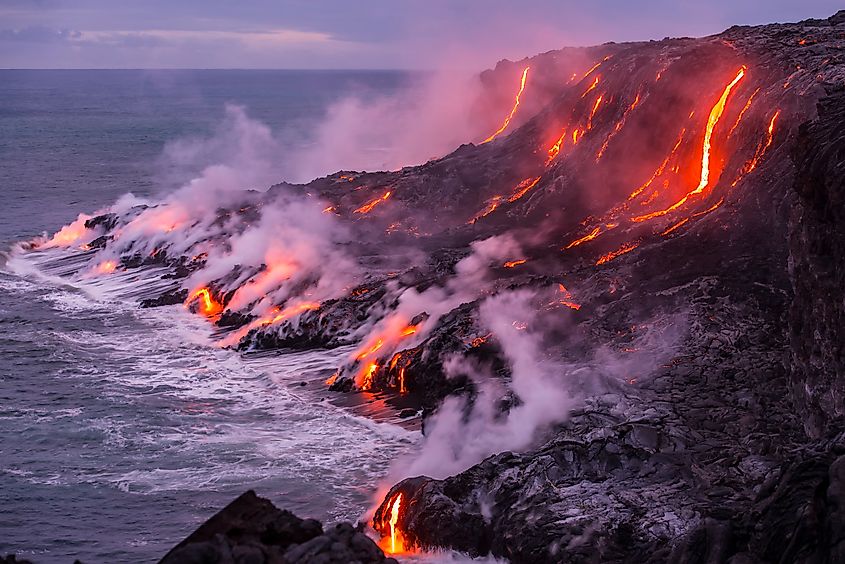
From massive calderas to perfectly formed cinder cones, the United States offers an incredible diversity of volcanic landscapes—and most of them are hiding in plain sight. These natural wonders are more than remnants of ancient eruptions; they’re living stories carved into the Earth, waiting to be explored.
So pack your boots, bring your camera, and don’t forget your sense of wonder. America’s volcanic landmarks are calling.
